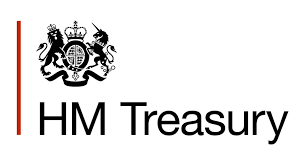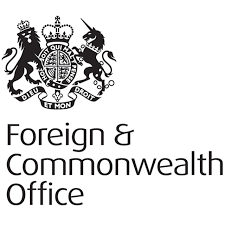HISTORIC PRESS RELEASE : More Cash for Innovative Public Service Projects [April 1999]
The press release issued by HM Treasury on 21 April 1999.
The launch of the second Invest to Save Budget (ISB) bidding round, promised in the Modernising Government White Paper, was announced today by Chief Secretary to the Treasury, Alan Milburn, and Minister for the Cabinet Office, Jack Cunningham.
The ISB is allocating £230m over the next three years for projects which look for new ways of delivering public services through joint working between public sector bodies.
Commenting on the launch, Mr Milburn said:
“The first bidding round demonstrated how the Invest to Save Budget can kickstart new and exciting ways of delivering public services. 33 projects are being supported which will deliver better and higher quality services through collaboration in the public sector.
We want to build on this positive start in Round Two. We have thrown open the competition to the public sector as a whole. This will enable local authorities and health authorities, among others, to bid for funds alongside Government departments.
This will tap the huge potential for new alliances to be forged across traditional service boundaries. Such cooperation will bring improvements both in quality and efficiency. Invest to Save encourages public sector managers to think imaginatively about how they provide services. The beneficiaries are public service users and the taxpayer.”
Adding to this, Dr Cunningham said:
” Our White Paper on Modernising Government, published on 30 March, set out our commitment to delivering services and programmes which are not only efficient and effective but are also joined-up and responsive. People are rightly impatient about the barriers to effective and convenient service which stem simply from the way government is organised.
The White Paper set out how we intend to deliver services that respond to users’ needs. The second ISB bidding round is one of the first steps we are taking to carry this forward.
The ISB supports working examples of what we mean by modern public services. And it helps to pilot new ways of collaborative working which have the potential for wider application.”


